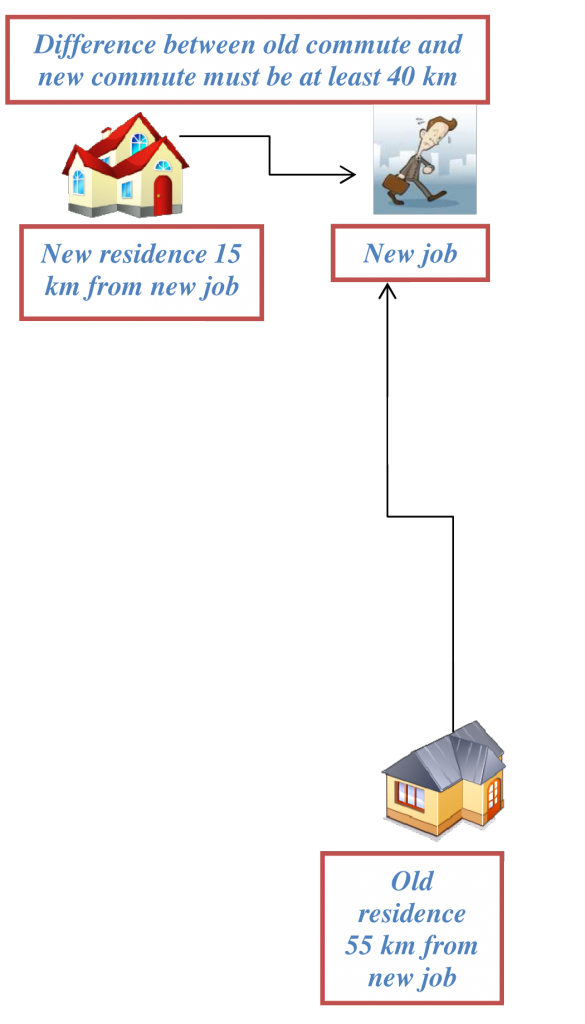Beginning in 2023, Canadians planning to buy their first home may open a First Home Savings Account (FHSA). This is a registered savings plan for any Canadian, over the age of 18, who has not previously owned a home that they have resided in for the past four years.
The FHSA begins when you first open an account; it does not begin automatically. It is therefore important that you open your FHSA immediately if you plan on purchasing a home in the short-term, even if you don’t have funds to contribute in the first year. And when you do open a FHSA, you must file your income tax return for that year. Accounts may be opened through a FHSA issuer, such as a bank, credit union, or a trust or insurance company.
You may carry forward up to $8,000 of your unused annual contribution amount to use in a later year (subject to the $40,000 lifetime contribution limit). For example, if you open an FHSA in 2025 and contribute $5,000, you can contribute up to $11,000 in 2026. Carry-forward amounts do not start accumulating until after you open an FHSA.
Don’t have $8,000? No problem. You can transfer amounts from your RRSPs to your FHSAs without any immediate tax consequences, as long as it is a direct transfer. These transfers are subject to FHSA annual and lifetime contribution limits and are not deductible from income. Transfers from an RRSP to an FHSA do not restore your RRSP contribution room.
First Home Savings Accounts can be used to invest in Stocks, ETFs, options and much more just like a TFSA or RRSP. In essence, the FHSA is similar to TFSA and RRSPs, but specifically for people looking to buy their first home. You can also continue to contribute until you’ve reached the lifetime limit, or 15 years after the account’s initial opening.
The FHSA is different from an RRSP Home Buyers’ Plan which allows you to withdraw up to $35,000 from your RRSP to help you buy your first home. The money must be repaid to your RRSP within 15 years, otherwise it is included in income. For details visit our Home Buyers’ Plan page.
To be eligible, you must not have owned real property including a condominium or house solely or jointly with a spouse or common-law partner within the last four years. Your spouse or common-law partner also may not own your current primary residence.
For more details on the FHSA, call us at 905-898-4900, or check out CRA’s page



